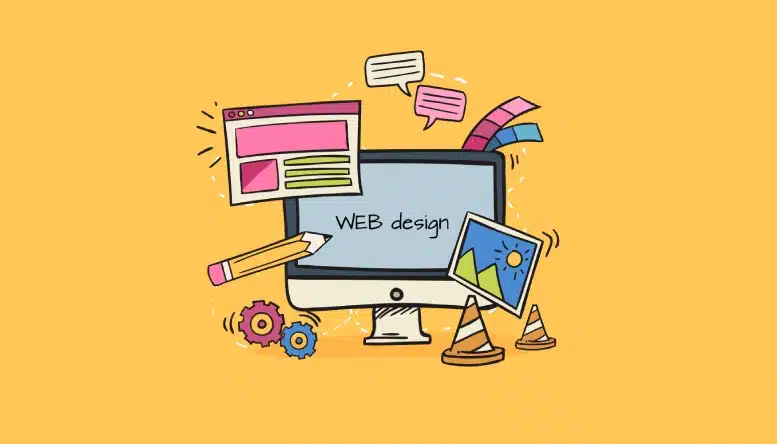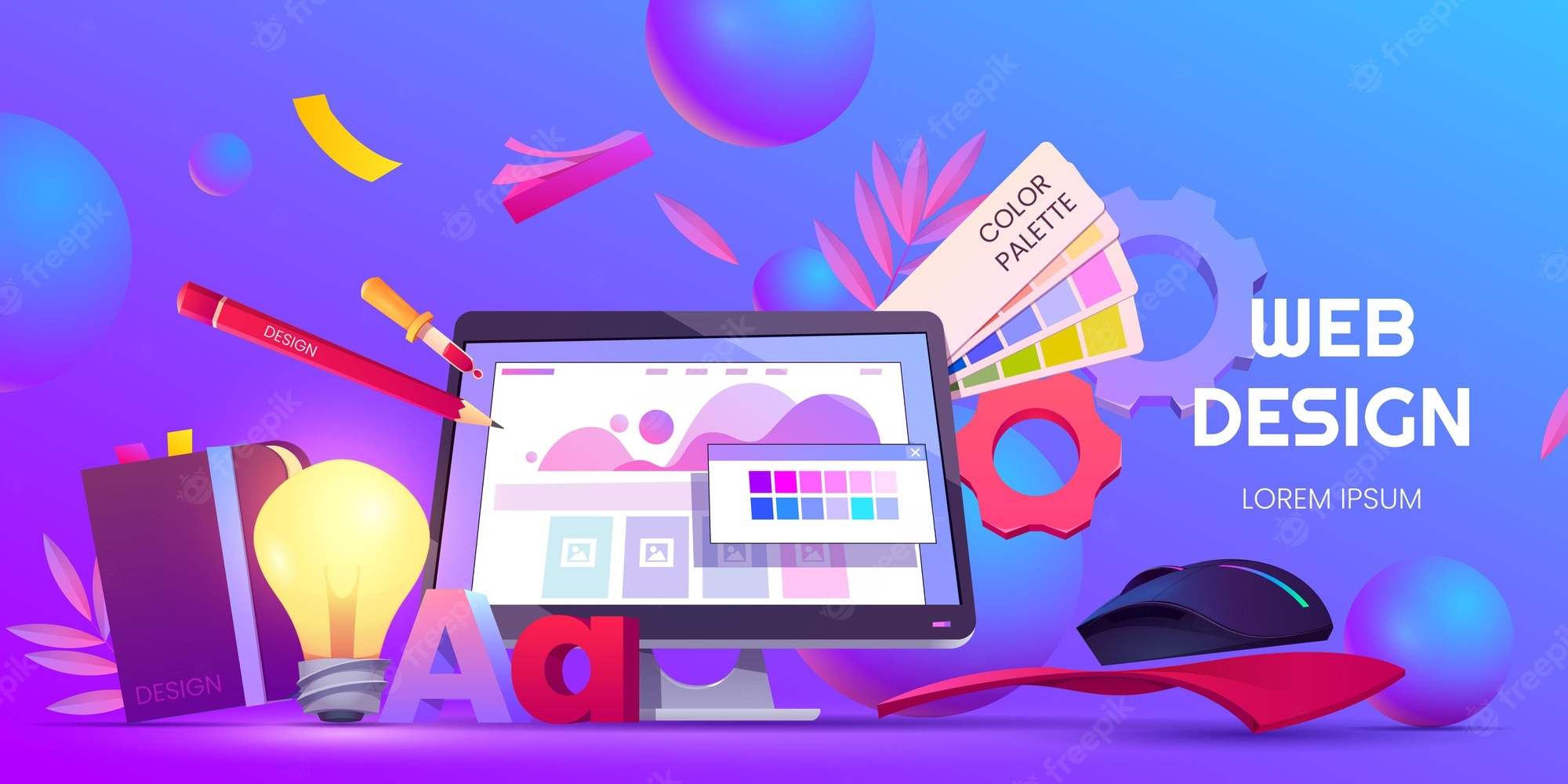The Most Effective Types of Website Design to Enhance User Experience and Interaction
In the ever-evolving landscape of digital interaction, the performance of website design dramatically affects customer experience and engagement. Numerous layout strategies, such as minimalist, receptive, and interactive layouts, each offer distinct benefits that can satisfy diverse customer requirements. Recognizing which sorts of website design finest serve these goals can be critical for services intending to improve customer satisfaction and retention. Nevertheless, the inquiry stays: which layout components really reverberate with users and foster significant engagement? The expedition of these principles discloses critical insights that may redefine your technique to website design.
Minimal Web Design
As electronic landscapes become significantly chaotic, minimal Web layout has arised as an effective technique to enhancing user experience. This design viewpoint prioritizes simplicity, concentrating on important components while eliminating unnecessary diversions. By making use of sufficient white room, uncomplicated navigation, and a restricted color scheme, minimalist style promotes quality and routes customer interest to key web content.
The core principle of minimalist Web style is to create a seamless interaction for users. By decreasing cognitive load, individuals can swiftly realize info without feeling overwhelmed. This straight method not only improves use yet additionally encourages interaction, as visitors are much more most likely to explore a website that is visually attractive and simple to navigate.
Additionally, minimal style usually stresses typography and images, making use of these aspects purposefully to communicate messages successfully. In essence, minimalist Web layout is not just a trend; it is a thoughtful technique that recognizes the importance of user-centered layout.
Responsive Web Layout
In today's varied electronic setting, responsive website design has ended up being vital for producing a smooth user experience across a wide range of gadgets. As customers accessibility web sites on smart devices, tablet computers, laptops, and desktops, the ability of a website to adjust its layout and content to different screen sizes and resolutions is important.
Receptive Web style uses adaptable grids, pictures, and CSS media queries to ensure that Web content exists ideally, no matter the device made use of. This method not just improves the visual allure of an internet site yet likewise substantially improves use. Individuals are more probable to engage with a website that provides a constant experience, as it removes the aggravation of needing to zoom in or scroll exceedingly.
In addition, search engines, including Google, focus on mobile-friendly internet sites in search rankings. By adopting responsive design, services can enhance their presence and get to a more comprehensive audience. This technique additionally simplifies website maintenance, as a single version of the website can accommodate all tools, decreasing the requirement for several versions. In recap, responsive Web design is a basic practice that improves individual experience, engagement, and overall satisfaction.
Interactive Web Design
Responsive website design prepares for boosting individual experience, however interactive website design takes this a step better by engaging individuals in a more vibrant means - Aligned Position Web Design. By including aspects such as computer animations, clickable models, and real-time feedback, interactive Web style captivates customers, drawing them right into a richer browsing experience
This method not just cultivates engagement however also urges individuals to check out material actively as opposed to passively eating it. Techniques such as gamification, where individuals gain benefits for completing tasks, can substantially enhance the moment invested in a website and boost overall contentment. Interactive functions can streamline intricate info, making it extra satisfying and absorbable.

Incorporating interactive design elements can likewise lead to higher conversion rates, as individuals are most likely to engage with a website that actively includes them. Aligned Position Web Design. Ultimately, interactive Web layout transforms user experiences right into unforgettable journeys, ensuring that visitors return time after time
Apartment Style
Defined by its minimalistic method, level layout emphasizes simpleness and performance, removing away unnecessary elements and concentrating on vital features. This style ideology focuses on usability, making certain that individuals can browse interfaces easily and performance. By using a tidy visual, level style removes the clutter typically located in much more luxuriant styles, consequently enhancing user emphasis on web content and functionality.
The trademark of level design hinges on its use strong colors, straightforward typography, and geometric shapes. These elements add to an aesthetically attractive interface that is both friendly and modern. In addition, level style promotes a sense of clearness, allowing users to discern crucial actions and information without disturbance.
In addition, level design is specifically efficient in receptive Web layout, as its simplicity equates well across different gadgets and screen dimensions. The absence of elaborate appearances and gradients lessens packing times, see here now which is crucial for keeping user top article engagement. As electronic landscapes remain to evolve, level layout continues to be a pertinent choice for creating user-friendly sites that boost general experience. By concentrating on important functions, level layout not just fulfills customer requirements yet additionally encourages seamless interaction, making it a vital part of effective Web layout strategies.
Adaptive Web Layout
Adaptive website design customizes the individual experience by creating multiple repaired layouts tailored to different display sizes and devices. Unlike responsive style, which fluidly changes a solitary design, adaptive design uses distinctive designs for specific breakpoints, ensuring ideal presentation on numerous platforms. This approach permits developers to concentrate on the unique qualities of each gadget, improving functionality by delivering precisely what individuals require based on their context.
Among the main benefits of flexible website design is its capacity to optimize tons times and efficiency. By serving customized web content and images that fit the customer's device, sites can minimize data usage and boost loading rates. This is specifically beneficial for individuals with slower connections or restricted data strategies.

Additionally, flexible layout helps with a much more consistent and controlled branding experience. Given that designers develop multiple formats, they can make sure that the visual aspects line up with the brand's identification across various systems - Aligned Position Web Design. This causes a natural user experience, improving interaction and advertising individual retention
Final Thought
In final thought, the combination of minimal, responsive, and interactive Web design concepts significantly enhances customer experience and interaction. Minimalist style fosters clearness and emphasis, while receptive style guarantees flexibility throughout numerous devices, advertising accessibility. Interactive style captivates users with dynamic components, urging exploration and personalization. Collectively, these design approaches add to the development of user-friendly environments that not just improve satisfaction but additionally drive higher conversion rates, highlighting their essential relevance in modern website design strategies.

Minimal layout cultivates clearness and focus, while responsive design ensures flexibility across various gadgets, promoting ease of access. Collectively, these style approaches add to the production of straightforward atmospheres that not only boost contentment however likewise drive higher conversion prices, highlighting their essential significance in contemporary Web design methods.